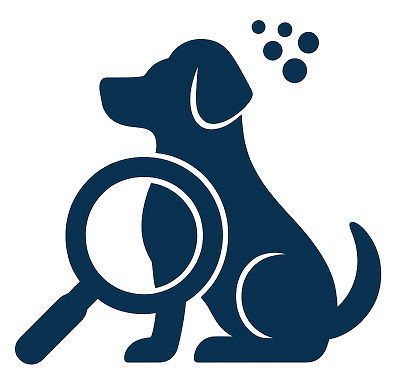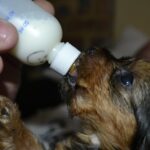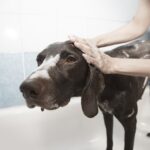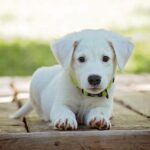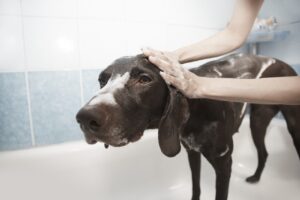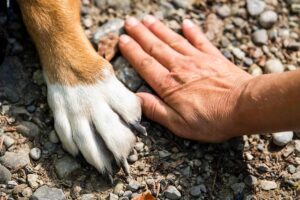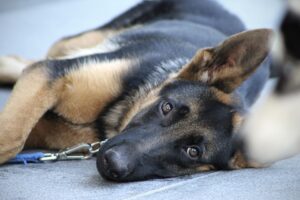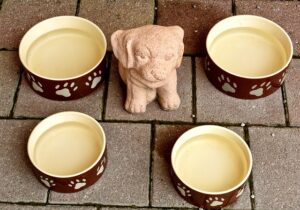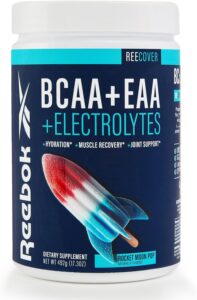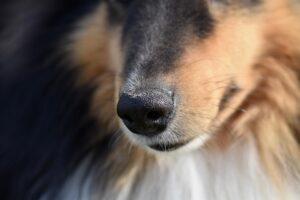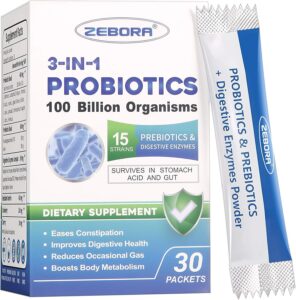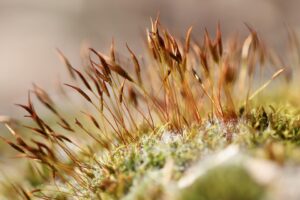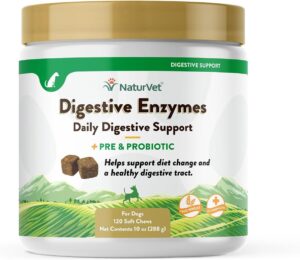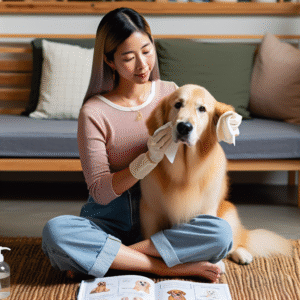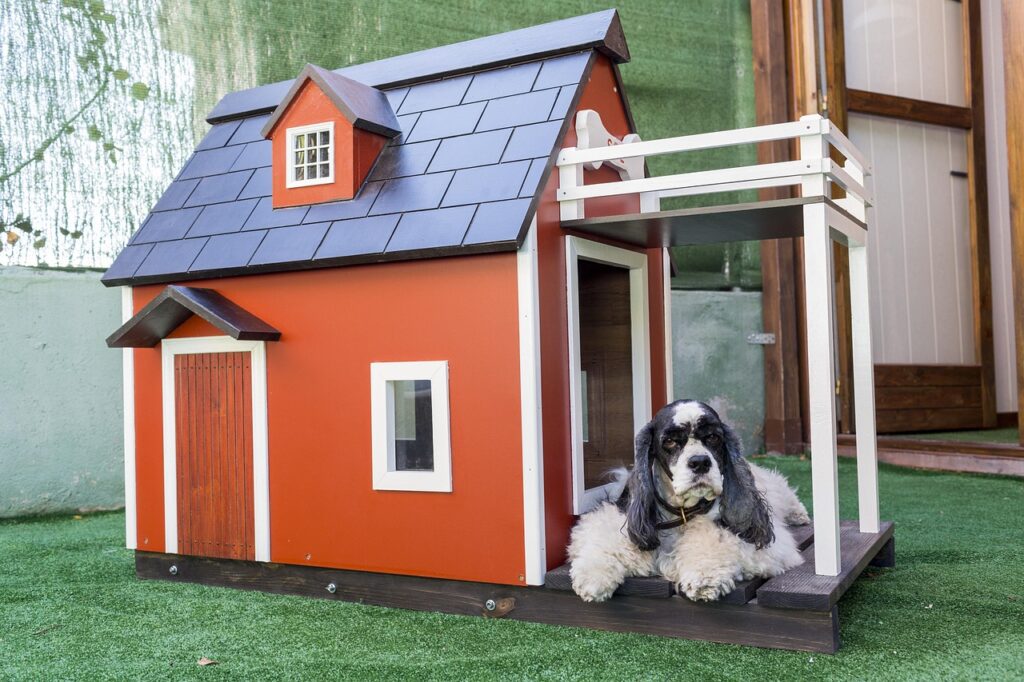
Dog grooming is an essential aspect of pet care that contributes to the overall health and well-being of your furry friend. While professional groomers offer valuable services, grooming your dog at home can be a rewarding experience that strengthens your bond. Moreover, it allows you to tailor the grooming process to your dog’s specific needs. In this comprehensive guide, we will unveil expert tips for mastering DIY dog grooming at home.
Understanding Your Dog’s Grooming Needs
Before diving into the grooming process, it is crucial to understand your dog’s specific grooming requirements. Different breeds have varying coat types, grooming needs, and temperaments. Here’s how to assess your dog’s grooming needs:
Identify Your Dog’s Coat Type
Dogs can have a wide range of coat types, from short and smooth to long and curly. Common coat types include:
- Short and Smooth: Breeds like Beagles and Boxers have short, smooth coats that are relatively low maintenance.
- Double Coat: Breeds such as Golden Retrievers and Siberian Huskies have a double coat consisting of a soft undercoat and a coarser topcoat.
- Curly or Wavy: Poodles and Bichon Frises have curly or wavy coats that require regular trimming and brushing.
- Wire-Haired: Breeds like Wire Fox Terriers have a coarse, wiry coat that may require hand-stripping.
Assess Grooming Frequency
The frequency of grooming depends on your dog’s coat type and lifestyle. For instance, long-haired breeds require more frequent grooming than short-haired breeds. Additionally, active dogs that spend a lot of time outdoors may need more frequent baths and brushing to remove dirt and debris.
Essential Grooming Supplies
Investing in the right grooming tools is essential for an effective and stress-free grooming session. Here are some must-have grooming supplies:
Brushes and Combs
Choose brushes and combs based on your dog’s coat type:
- Bristle Brush: Suitable for short-haired dogs with smooth coats.
- Slicker Brush: Ideal for removing tangles and loose hair from long-haired breeds.
- Undercoat Rake: Effective for double-coated breeds to remove loose undercoat hair.
- Comb: A fine-toothed comb helps detangle and remove loose hair in sensitive areas like the face and paws.
Grooming Scissors and Clippers
For trimming your dog’s hair, you’ll need grooming scissors and clippers:
- Grooming Scissors: Used for precise trimming around the face, paws, and tail.
- Clippers: Ideal for cutting large sections of hair. Choose clippers with adjustable blades for different coat lengths.
Shampoos and Conditioners
Select a dog-specific shampoo and conditioner that suits your dog’s skin type. Avoid using human shampoos, as they can be too harsh for a dog’s skin. Look for products that address specific needs, such as hypoallergenic formulas for sensitive skin or moisturizing shampoos for dry coats.
Nail Clippers and Styptic Powder
Keeping your dog’s nails trimmed is crucial for their comfort and health. Use nail clippers designed for dogs, and keep styptic powder on hand to stop any bleeding if you accidentally cut the quick.
Preparing Your Dog for Grooming
Proper preparation is key to a successful grooming session. Follow these steps to ensure your dog is comfortable and relaxed:
Create a Calm Environment
Choose a quiet, comfortable space for grooming. Ensure the area is well-lit and free from distractions. Calming music or aromatherapy can help soothe anxious dogs.
Introduce Tools Gradually
Familiarize your dog with grooming tools before using them. Allow your dog to sniff and explore the tools, rewarding them with treats to create positive associations.
Establish a Routine
Establish a consistent grooming routine to help your dog become accustomed to the process. Regular grooming sessions will make the experience more predictable and less stressful for your pet.
Step-by-Step Guide to DIY Dog Grooming
Now that you’re prepared, it’s time to start grooming. Follow these steps for a comprehensive grooming session:
Brushing
Brush your dog’s coat to remove tangles and loose hair. Begin at the head and work your way down to the tail, paying special attention to areas prone to matting, such as behind the ears and under the legs. Use a detangling spray if needed to ease the brushing process.
Bathing
Bathing frequency depends on your dog’s coat type and lifestyle, but generally, once a month is sufficient. Use lukewarm water and a dog-specific shampoo. Rinse thoroughly to remove all soap residue. Apply conditioner if needed, and rinse well. Dry your dog with a towel or a pet-safe blow dryer on a low heat setting.
Trimming and Clipping
Trimming your dog’s coat helps maintain a neat appearance and prevents matting. Use grooming scissors for precise areas and clippers for larger sections. Pay attention to sensitive areas like the face, paws, and tail.
Nail Clipping
Regular nail trimming prevents overgrowth and discomfort. Use dog-specific nail clippers and trim small sections at a time to avoid cutting the quick. If you accidentally cut the quick, apply styptic powder to stop the bleeding.
Ear Cleaning
Regular ear cleaning prevents infections and discomfort. Use a vet-recommended ear cleaner and a cotton ball. Gently clean the outer ear, avoiding the ear canal. Check for signs of infection, such as redness or foul odor, and consult your vet if needed.
Teeth Cleaning
Oral hygiene is crucial for your dog’s overall health. Use a dog-specific toothbrush and toothpaste to brush your dog’s teeth. Start slowly and gradually increase the brushing time to get your dog accustomed to the process.
Handling Common Grooming Challenges
Grooming can present challenges, especially for dogs that are anxious or have specific grooming needs. Here’s how to address some common issues:
Anxious Dogs
For dogs that are nervous about grooming, patience is key. Take breaks as needed, and use positive reinforcement to reward calm behavior. Consult a professional trainer or behaviorist if anxiety persists.
Matted Coats
Matted hair can be painful for your dog. Use a detangling spray and a slicker brush to gently work through mats. For severe matting, consult a professional groomer to avoid injuring your dog.
Skin Irritations
If you notice any skin irritations during grooming, consult your vet for proper treatment. Avoid using any products that may exacerbate the issue.
Conclusion
Mastering DIY dog grooming at home is a rewarding experience that enhances your bond with your pet and ensures their overall well-being. By understanding your dog’s specific grooming needs, investing in the right tools, and following a consistent grooming routine, you can provide expert care from the comfort of your home. Remember, patience and positive reinforcement are key to creating a stress-free grooming experience for both you and your furry friend.
#ChatGPT assisted in the creation of this article.
